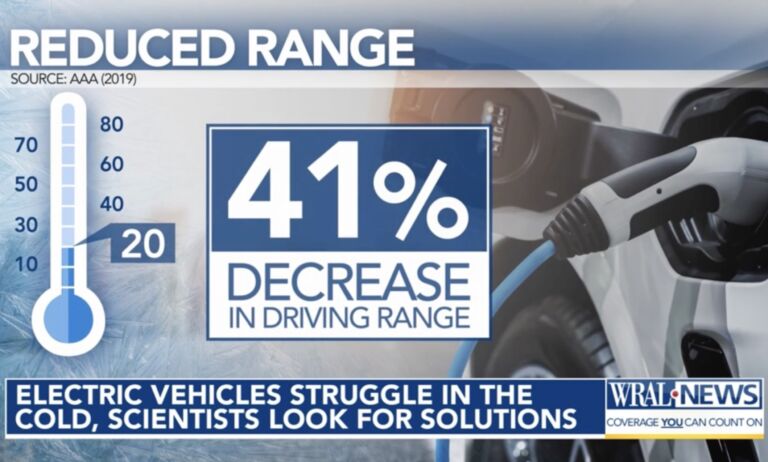OK, that headline covera most government programs. In this case, the issue is California’s high-speed rail program, described in a new Barron’s guest column as “a prime example of government-sponsored, utterly shameless bait-and-switch tactics.” Authors Joseph Vranich and Wendell Cox explain.
Although governments have a far greater duty to their citizens than do commercial enterprises to their customers, taxpayers have no such protections from unscrupulous government agencies. This is illustrated in California, where state officials routinely provide insufficient disclosure or, worse, have misled voters regarding the state’s high-speed rail program.
The system being planned today by the California High Speed Rail Authority bears little resemblance to what voters were promised when they approved Proposition 1A in 2008, a referendum that provided funding for a high-speed rail system.
Consider the costs. The proposition, which asked for approval of $9.95 billion in bonds, misled voters in stating, “The total cost to develop and construct the entire high-speed train system would be about $45 billion.” After voters approved, the project cost ballooned to between $100 billion and $117 billion for just the Los Angeles to San Francisco Phase I.
This increase is consistent with the experience in other major rail projects, according to research led by Oxford University Professor Bent Flyvbjerg, which blamed “strategic misrepresentation,” as consultants and promoters lowball cost estimates to obtain approval. The researchers went so far as to characterize the problem as “lying,” which is unusually pointed for academic discussion.
After a public outcry, the rail authority scrapped the high-speed infrastructure leading into San Francisco and Los Angeles. Instead, the trains would share existing tracks with slower commuter and freight trains in a “blended system.” Even so, the cost is now $58 billion ($68 billion including inflation).


